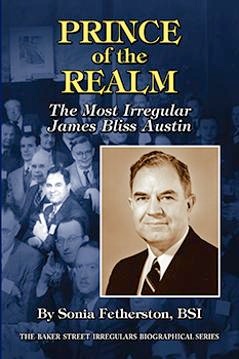


The check was made out to Susie, but the transaction was, in this example, coded as a supply expense paid to Macon Hardware. With sleight of hand, the city clerk made improper journal entries such as: False journal entries can used to hide theft. Secondly, have a second person approve all journal entries. If you can’t segregate duties, have someone (the Mayor, a non-accounting employee, or an outside CPA) review cleared checks for appropriateness. Entering checks into the general ledger.Given human nature, we should do what we can to limit the temptation.įirst, if possible, segregate the disbursement duties so that only one person performs each of the following: The accounting clerk, when confronted with evidence of her deception, responded, “I don’t know why I did it, I didn’t need the money.” We do a disservice to accounting employees when we make it so easy to steal. The subterfuge worked as the expense accounts reflected appropriate vendor activity and expenses stayed within the budgetary appropriations. Also, she allocated the disbursements to accounts with sufficient remaining budgetary balances. But the check payee was entered into the accounting system as Macon Hardware (for example).
Altered fictitious manual#
Using the city’s signature stamp, the clerk signed handwritten checks made out to herself however, when the payee name was entered into the general ledger (with a journal entry), another name was used-usually that of a legitimate vendor.įor example, Susie, the clerk, created manual checks made out to herself and signed them with the signature stamp. Here’s how one city clerk created her own blaze. Show me an accounting clerk who (1) can sign checks (whether by hand, with a signature stamp, or with a computer-generated signature), (2) posts transactions to the accounting system, and (3) reconciles the bank account, and I will show you another combustible situation. Some accounting weaknesses create unintended consequences. And when my father found out, something else was on fire. In a panic, I kicked the gas container-a plastic milk jug-several times, thinking this would somehow kill the fire. This approach varies from an altered check, where the information on a real check has been adjusted to favor the person engaging in the adjustment activity.Some fraudsters steal money with altered check payees.Īs a kid I once threw a match in a half-gallon of gasoline-just to see what would happen. Counterfeit CheckĪ counterfeit check is a fake check that has been configured to look like a real check. Or, the dollar amount to be paid could be changed from $100 to $1000. Example of an Altered Checkįor example, the name of the payee could be altered from Smith to Smithson, thereby allowing Smithson to be paid. To guard against alteration, the issuer of a check should ensure that there are no significant blank spaces left in its number and amount lines. Thus, the party drawing the check, the bank on which the check is drawn, or the bank that presents the check could all be considered liable, depending on the circumstances. The liability for an altered check can reside with any party involved in its processing, depending on where negligence resides. When a bank receives a check that it suspects has been altered, it is entitled to refuse to honor the check. The information that may be altered on a check includes the check date, the dollar amount to be paid, and the name of the payee. An altered check is a negotiable instrument on which key items have been changed in order to defraud someone.


 0 kommentar(er)
0 kommentar(er)
